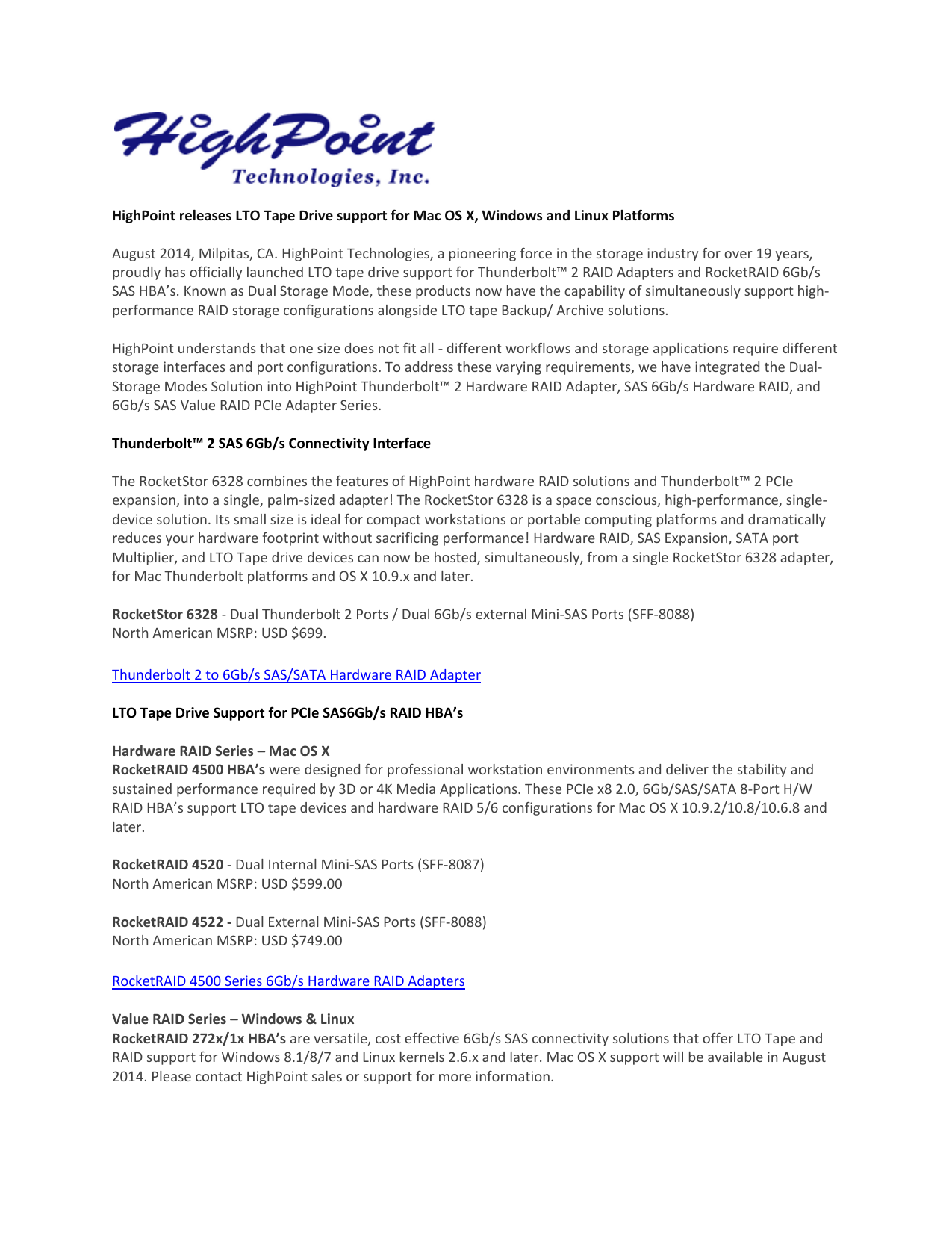
#MAC OS X VS WINDOWS 10 RAID KEYGEN#


This strategy has been devised with SSDs in RAID formation to track each drive’s age within a RAID set. There is the concept of Differential RAID (or Diff-RAID), a new RAID variant that distributes uniformity unevenly across SSDs to create age disparities within RAID arrays. These points are not meant to portray RAID as a stagnant technology that is merely watching the world pass it by – far from it.


RAID arrays are likely to be the sensible storage solution to remediate performance challenges in organizations with SSD infrastructure already present and operational. Single SSDs might struggle to provide the necessary performance service level agreements, and it’s when dealing with these circumstances that an SSD RAID array may offer the essential performance boost required. It is important to note that organizations that are utilizing SSDs are likely to have infrastructure workloads with specific and demanding storage requirements regarding performance. This distinction is crucial with our comparison objectives because a RAID array can either help you achieve improved performance or superior protection against disk failure, or both. HDDs are more susceptible to failure than SSDs,.Add to this the fact that SSD RAID arrays can provide further performance gains than what HDD RAID arrays can deliver, it is clear that two facts become apparent: It is for these key reasons that SSD RAID arrays, and server data recovery, can be highly advantageous when used with business applications where data security and data protection is more than merely a requirement, but a vital component that needs to be satisfied by Information Technology providers. That is not to say that SSDs are not prone to failure – they do, and can, fail for various reasons. SSDs tend to be far more reliable than HDDs because they do not have any moving parts that can malfunction over time with continual usage. Let me be quite frank – SSDs are considerably more appealing as a storage component due to their high performance and minimal power consumption when compared with HDDs. How using SSD RAID arrays can lead to further performance gains over HDD RAID, by tradition, was primarily designed for use in servers, but its implementation is seen in storage-intensive computers and applications that need a high level of data security and high transfer speeds. No matter what RAID level is adopted, the RAID array will appear to the underlying operating system (OS) as a single logical drive. There are different RAID levels that can be utilized ( RAID level: 0, 1, 2, 3, 4, 5, 6, 10 + combinations), but not all RAID levels intend to provide redundancy. RAID works by allowing input/ output (I/O) operations to overlap in a balanced fashion, therefore improving subsequent application performance. Mirroring will copy identical data onto more than one drive, dependant on the RAID level chosen. RAID data recovery utilizes the practices of disk mirroring or disk striping. Storing data redundantly also increases fault tolerance. This method increases the speed of storing and accessing data while preventing data loss and unplanned downtimes – as data is shared over multiple disks, this increases the mean time between failures (MTBF). RAID ( Redundant Array of Independent Disks) is a method of storing the same data in different locations on multiple hard disk drives (HDD) or solid-state drives (SSD) to protect data in the event of a drive failure.


 0 kommentar(er)
0 kommentar(er)
